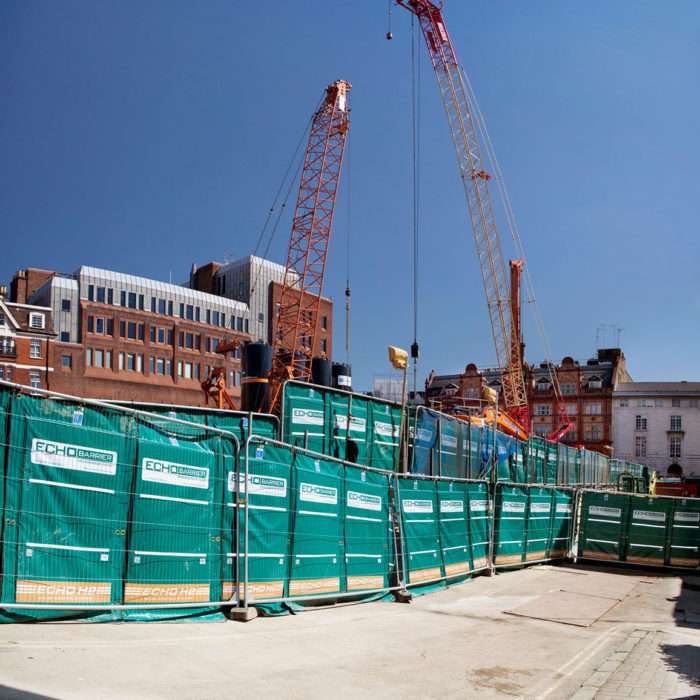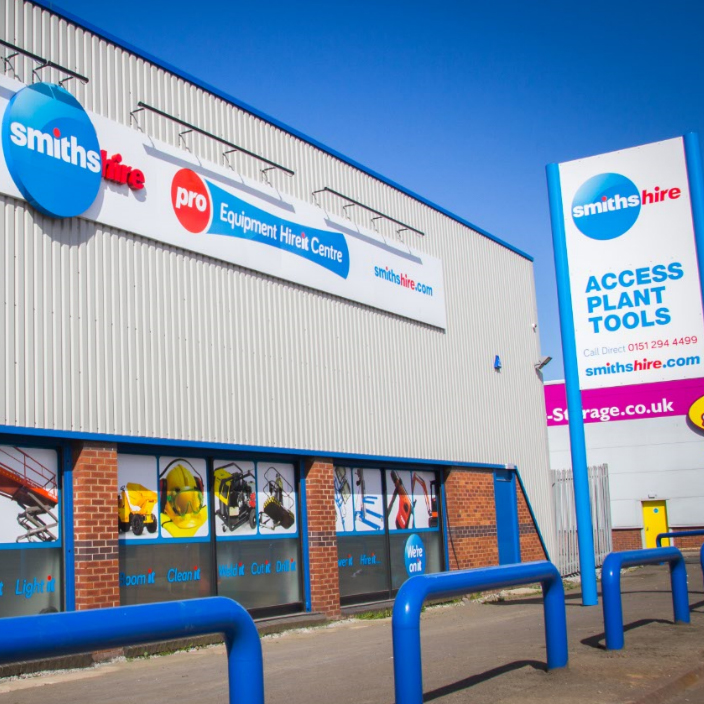Here at Smiths Hire, we can identify the equipment and construction on-site training you need to ensure the safety of your staff. With 6 Training Centres located across the region we are ideally located to administer training to you and your team. View our dedicated Smiths Hire Training site for more information.
Here are some of the main types of construction safety training.
Specialist Work at Height
Specialist work at height (WAH) training is an important course for anyone who uses equipment to work at height. The course gives workers a better understanding of the type of hazards that may occur when they are working at height – and the measures they can take to reduce the risk to themselves and others. Workers can gain a better appreciation of the risk assessment process and they will be empowered to challenge any unsafe practices that they see. They will learn the relevant legislation, how to identify hazards and put into place risk control measures.
Some of the products that support safe working at height are the AGR Narrow Tower, which facilitates WAH within a confined space, and our Scissor Lift which reduces the risk both of falls and dropped objects. A narrow scissor lift is also available, together with our 1 man tower kit – the MiTower.
Health, Safety and Environment (HS&E)
The CITB Health, Safety and Environment (HS&E) test is one of the most important ways that construction workers can demonstrate their knowledge of health and safety on construction sites. It is made up of 50 questions which cover five core knowledge areas:
- legal and management
- health and welfare
- general safety
- high-risk activities
- environment
This is a great all-round training course for workers to identify construction site hazards. It is particularly important for workers that will be using electrical cutting or breaking equipment, such as an electric breaker, a road breaker, or a quick-cut saw to be aware of their environment and to use Heras fencing to create a safe pedestrian route: avoiding the risk of falling debris from the use of tools such as a chainsaw. These are all high-risk activities and so it is vital that workers are properly trained and aware of both how to use the tools properly and how to identify construction site hazards.
First Aid for Building and Construction
It is very important to ensure that there is always a sufficient number of first aid trained personnel on any construction site. First Aid training is essential if staff are to feel empowered to help in a medical emergency while they are at work. This training is ideal for builders, scaffolders, surveyors, and many other roles. Our Emergency First Aid at Work courses cover the full Health and Safety Executive (HSE) syllabus. In addition, we include Heart Attacks, Head and Spinal Injuries, and Asthma – all of which are particularly relevant to the construction industry. Anyone carrying out a risky task such as erecting or dismantling scaffolding, using a wood chipper, or operating a mini digger would benefit from this training.
When you choose Smiths Hire, you can be assured that the equipment you are hiring is properly inspected, modern and safe. If you want to help your staff to work more safely with construction safety training going hand in hand with the best equipment available, we have you covered.

 SPEAK TO US
SPEAK TO US



